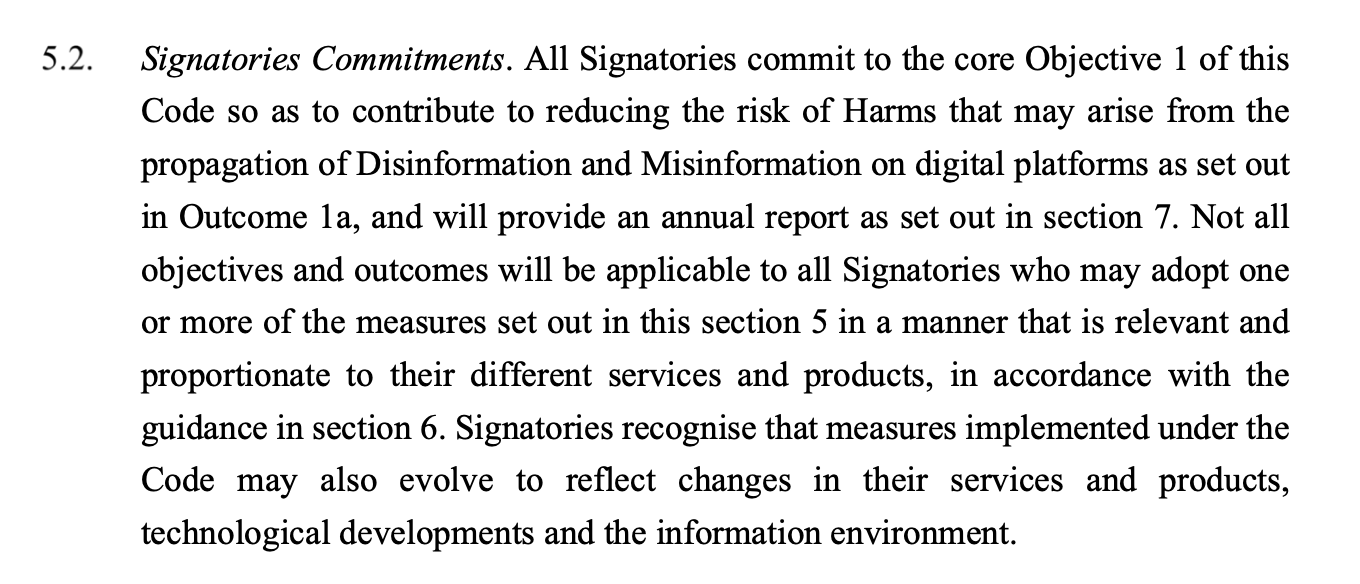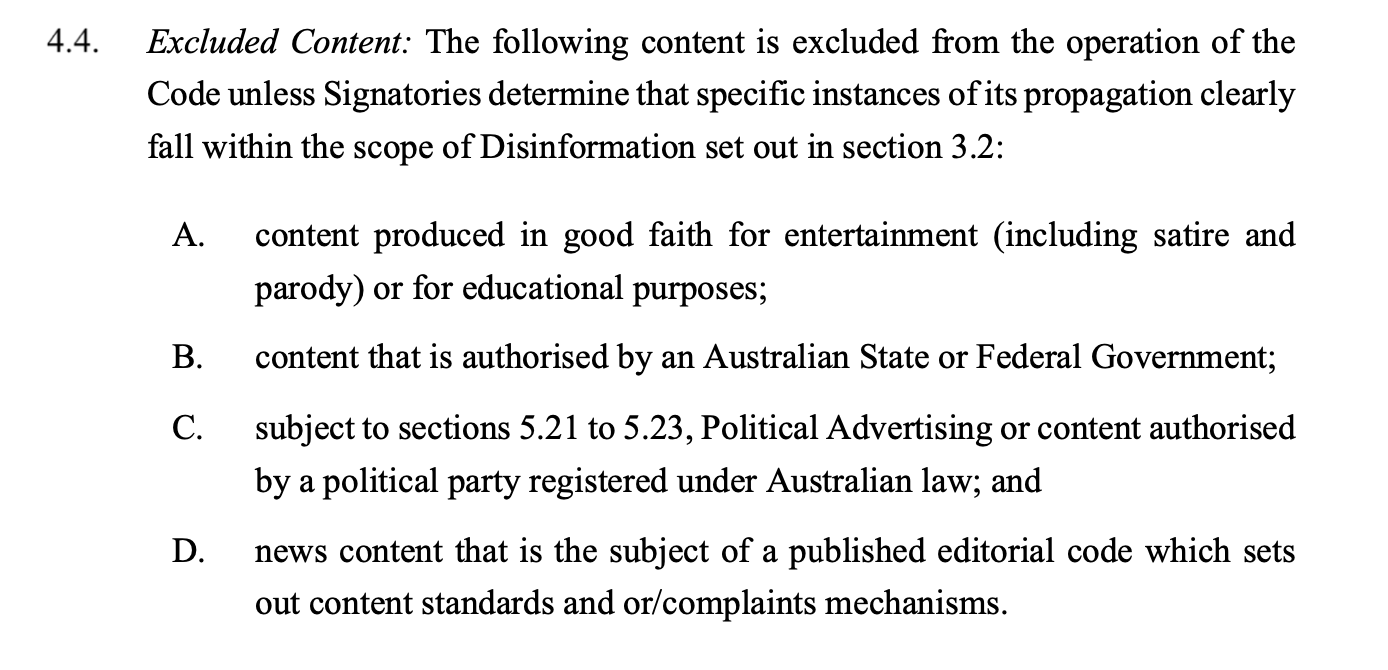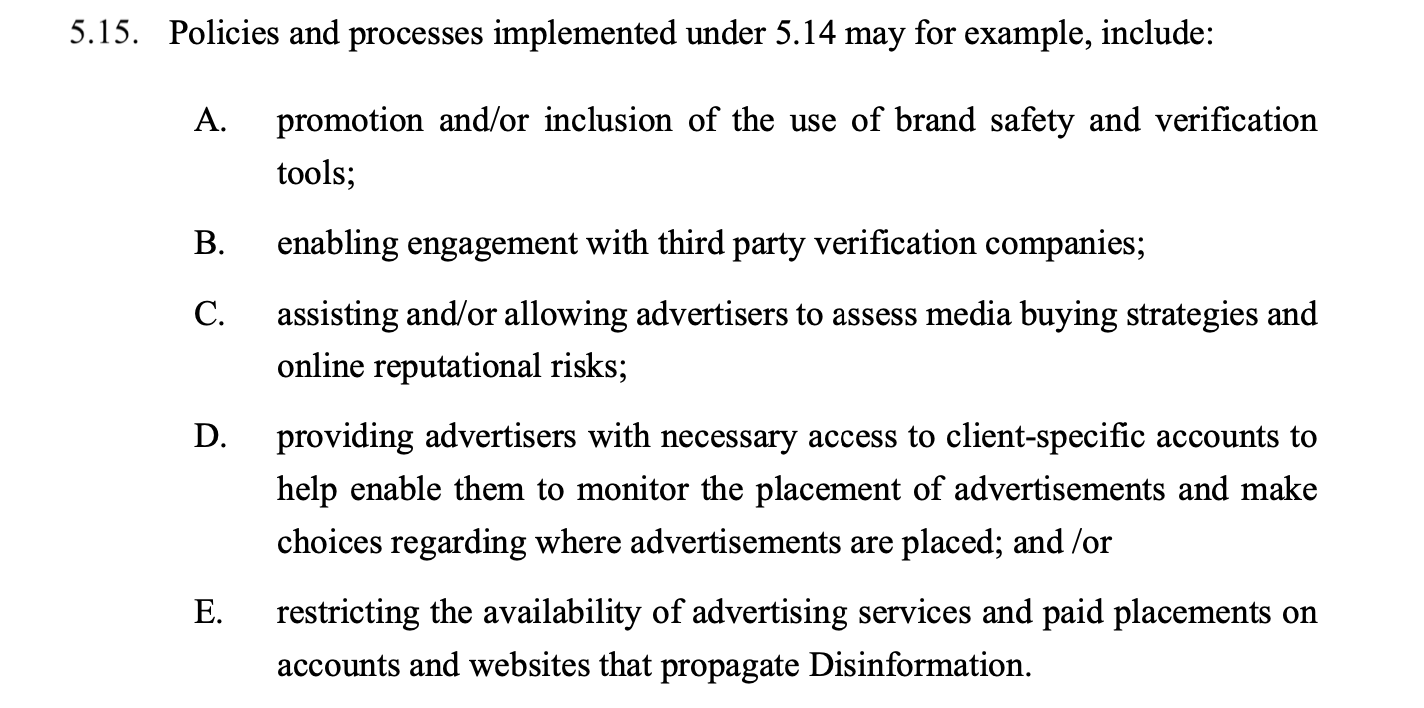The Australian Code of Practice on Misinformation and Disinformation, which has been in development for over a year, was published on the 22nd February in a bid to stem the volume of harmful fake news being spread online.
Reset Australia, who were involved in the consultation process, has already referred to the code as ‘pointless,’ specifying that an independent public regulator should replace it.
Chris Cooper, the executive director of Reset Australia, has stated that:
“This code attempts to suggest it can help “empower consumers to make better informed choices,” when the real problem is the algorithms used by Facebook and others actively promote disinformation, because that’s what keeps users engaged.”
What Is The Code?
The code aims to reduce user behavior that undermines the security and integrity of digital products and services, whether that be through the creation of fake accounts or bots designed to propagate Disinformation.
The code was developed in response to a policy released by the Australian Government, which called for major digital platforms to build a voluntary code of conduct that addresses credibility signaling and Disinformation in news content.
The subject matter of the Code specifies:
“Disinformation and Misinformation are aspects of a wider, multifaceted social problem which involves a range of offline and online behaviours which propagate information that threatens to undermine established democratic processes or public goods such as public health.“
The code of practice rightly points out that Disinformation and Misinformation can be subjective. To combat this, it defines the terms as:
- Content that is verifiably deceptive, misleading, or false.
- Is circulated by digital platform users via ‘inauthentic behaviors.’
- The chances of harm from the spreading of the information are reasonably likely.
The code outlines the minimum commitments on behalf of digital signatories to address the spreading of Disinformation and Misinformation on its digital platforms.
This includes meeting the following criteria:

As well as ‘opting in’ to measures that are most suited to their platform.
All signatories will have to outline which aspects of the code they will commit to within three months of signing.
The digital giants will not be bound to comply with any aspects that they haven’t opted into.
The digital signatories may also implement additional processes and policies than what is outlined within the code.
Any of the digital platforms can withdraw or ‘opt out’ of a previous commitment by notifying DIGI, who produced the code.
The opt in and out aspects of the code have been called ‘laughable’ by Reset Australia.
Instead of platforms choosing how to comply with the code, Cooper suggests that the responsibility should fall on an independent public regulator who can inspect and audit the digital giant’s algorithms and issue notices, fines, and additional civil penalties.
Code Exclusions
While the code was created to protect digital users against false and potentially harmful content, user privacy must still be protected. Therefore, the code also outlines products and services that are exempt:

The list is purposely non-exhaustive as the Australian Government is aware that new products and services will undoubtedly emerge in the future.
Some content has also been excluded:

Who Are The Signatories?
Current signatories of the code include Google, Twitter, Microsoft, TikTok, and Red Bubble.
Facebook is also a signatory to the code, and has recently returned Australian news articles to its feed following negotiations with the government.
The signatory’s responsibilities include publishing any procedures, policies, guidelines, and information regarding user behavior and content that may ‘propagate’ Misinformation or Disinformation.
The platforms must also provide an annual report that outlines how content that violated its policies was detected and removed, including any users’ reports.
Processes and policies must also be set out to disrupt monetization or advertising incentives for Disinformation, including:

The code welcomes other participants to use its content as ‘best practice’ in their response to the challenge:

When will the code be reviewed?
The code will be reviewed by the signatories, relevant government bodies such as the Australian Communication and Media Authority (ACMA), and stakeholders in twelve months from the publish date. Following that, the review process will take place at two-yearly intervals.
Australia’s communications minister, Paul Fletcher, said of the review:
“The Morrison government will be watching carefully to see whether this voluntary code is effective in providing safeguards against the serious harms that arise from the spread of disinformation and misinformation on digital platforms,”
He went on to say that the feedback provided by the Australian Communication and Media Authority will offer guidance on whether additional action is required.





